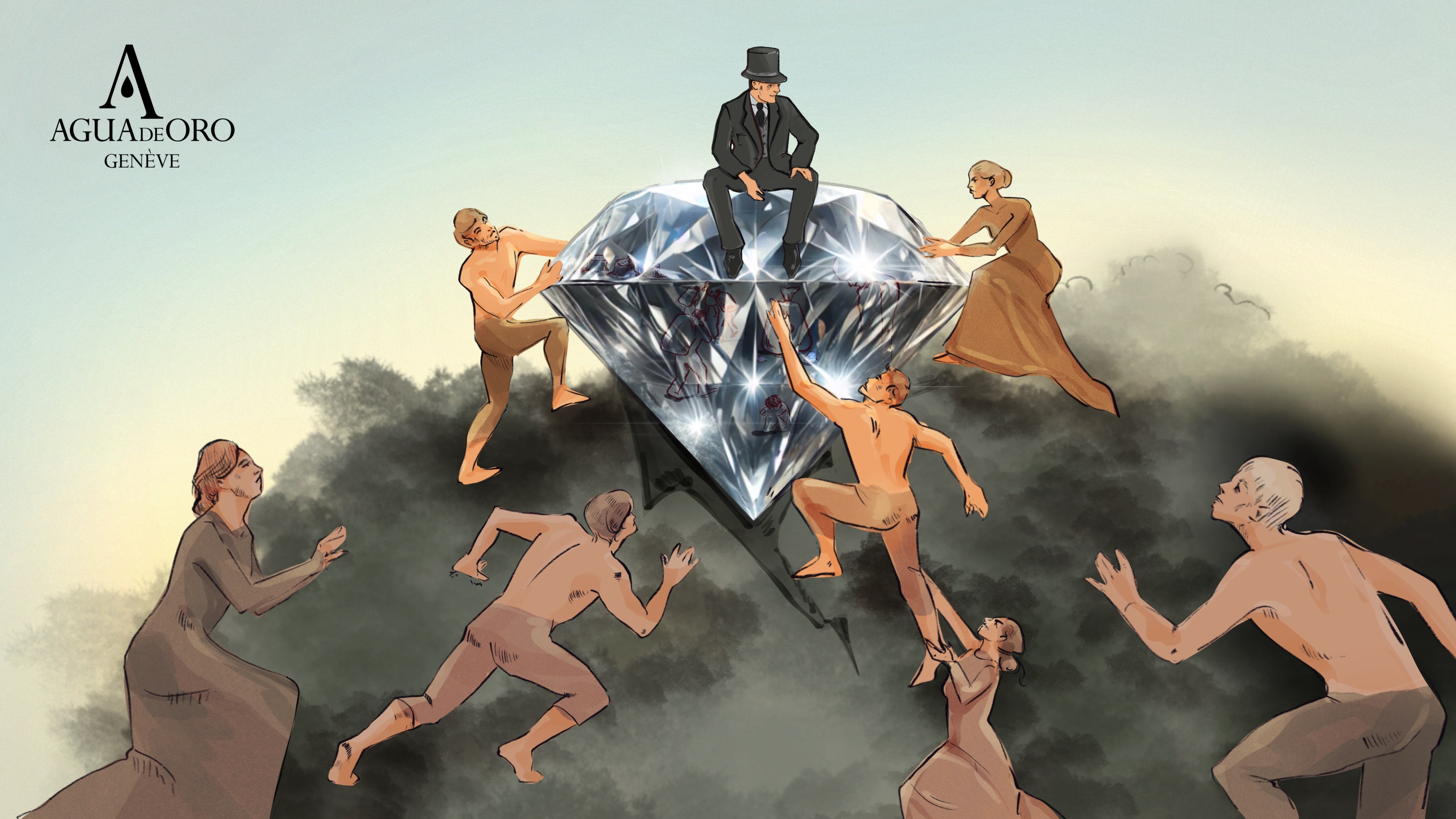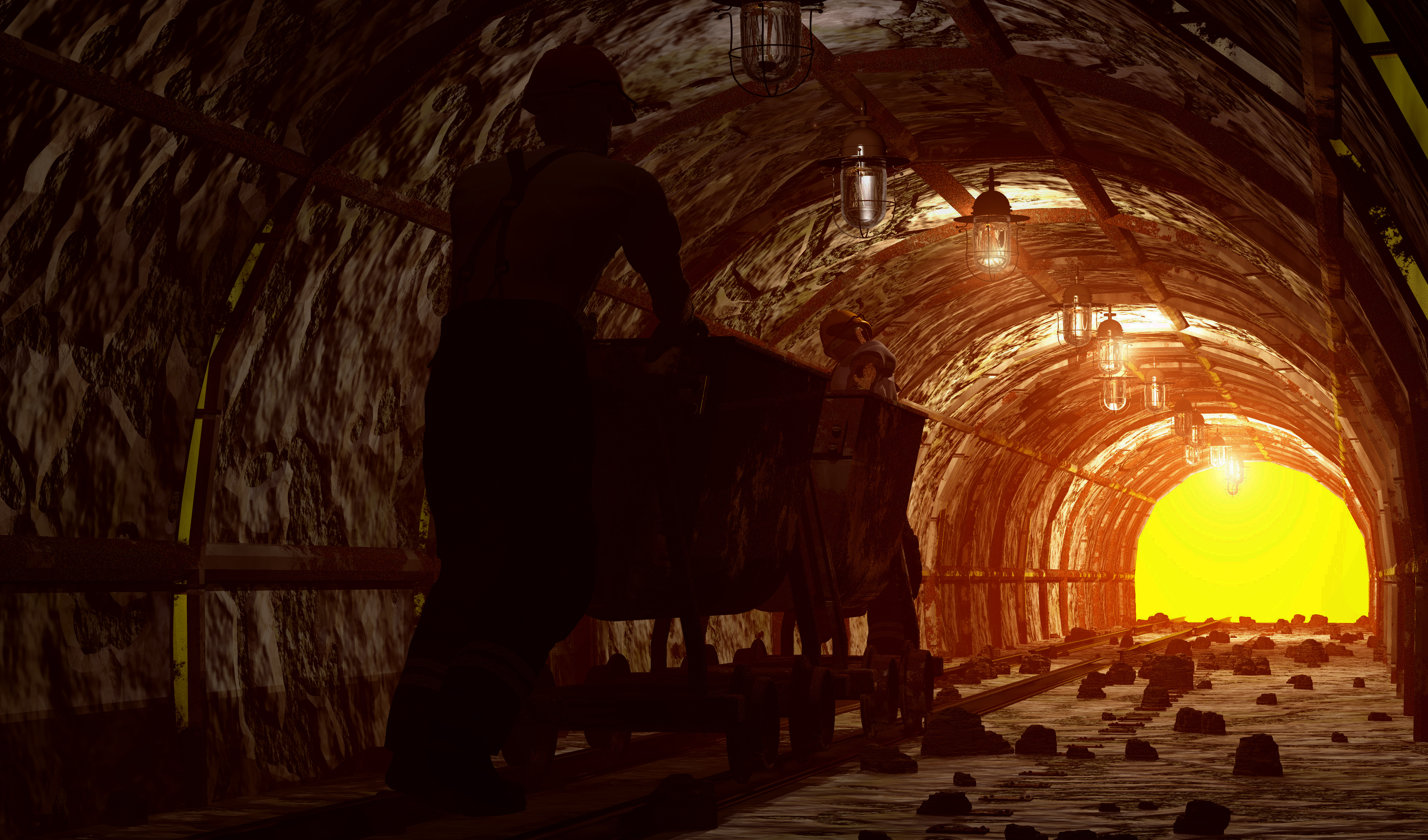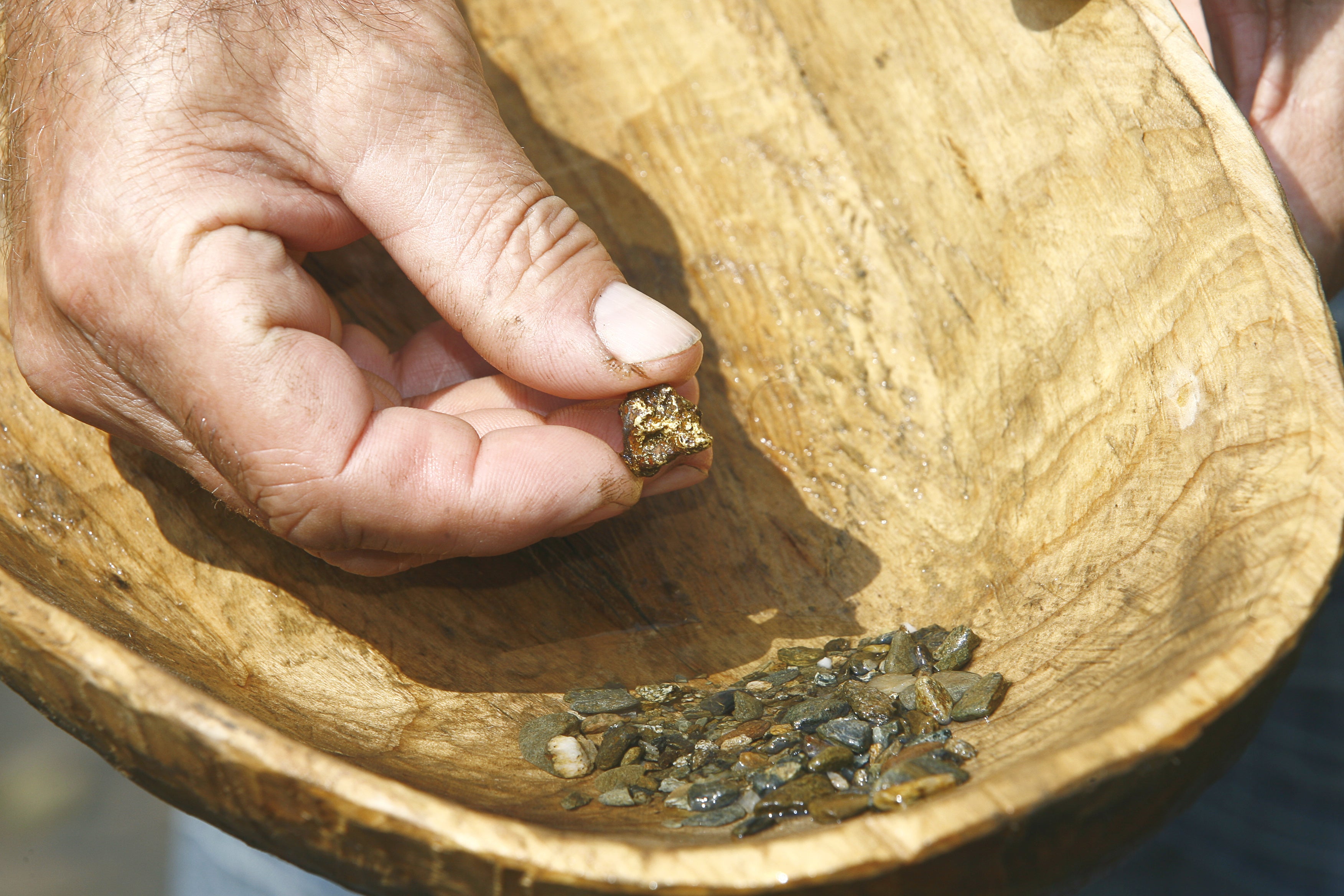
For a few years now, laboratory-grown diamonds have been making their appearance in the world of jewelry. Possessing the same quality characteristics as mined diamonds, these newcomers now allow th...

The GemGenève 2024 Show missed an opportunity by banning ethical lab-created gemstones. Although technologically identical to mined stones, these gems offer advantages in terms of traceability and ...

Sapphire mines in Madagascar often exploit children in dangerous and precarious conditions. Miners earn very little from buyers who make exorbitant profits, fueling a corrupt market. The sapphires ...
Under the sweet name of « The Eden Rose », a natural diamond of more than 10 carats will be auctioned by Christie’s the 11th of June 2024 in New York. It is estimated between 9 and 12 million US do...
Lab-grown diamonds, identical to natural diamonds, represent an ethical and sustainable alternative. They consume less water and energy while reducing the carbon footprint. Additionally, they help ...

Have you ever heard the phrase "all that glitters is not gold" ? Well, in the fascinating world of eucalyptus trees, it turns out that sometimes, gold can be found where you least expect it - in th...

Synthetic diamonds provide an ethical and sustainable alternative to mined diamonds, offering comparable, if not superior, quality. They are cheaper to produce and have a reduced environmental impa...

Just like precious metals, diamond mining causes the same ecological and social problems. As a result of these issues, the Kimberley Process was established, introducing compulsory control of the d...

Traditional mining is labor intensive and generally poorly regulated. During working hours, miners are often exposed to many risks, such as exposure to toxic chemicals, such as mercury or cyanide ...



